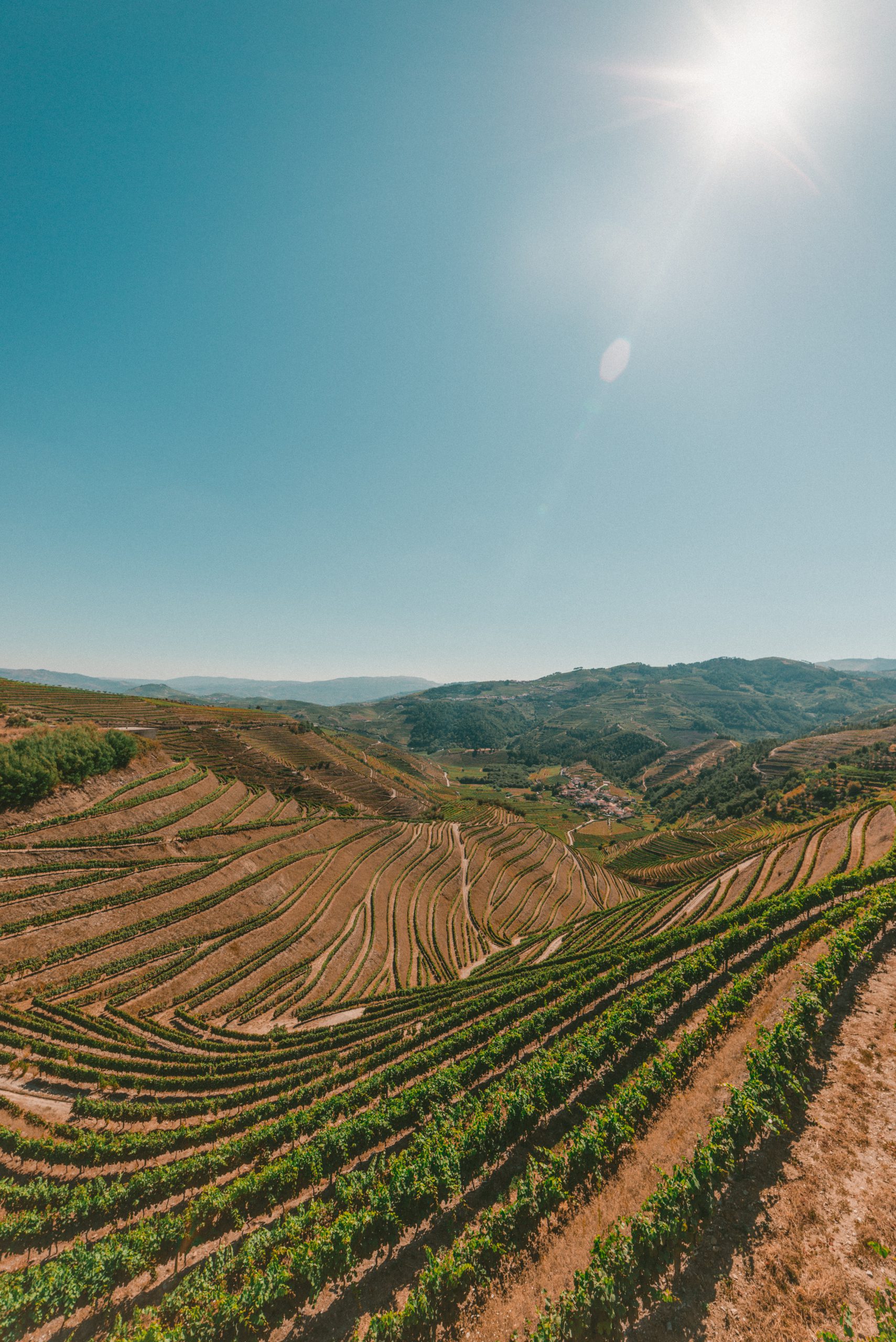Portugal

Portugal has undergone something of a wine revolution in the past couple of decades, updating its winemaking technologies, styles and attitudes. This archetypal Old World country has long been famous for little more than its fortified wines (Port and Madeira) and tart, light Vinho Verde. But it is now attracting a great deal of attention for its new wave of rich, ripe, table wines – particularly reds from the Douro Valley.
Portugal has undergone a wine revolution in the last decades of the 20 th century. It had spent so many years isolated, buffered from the rest of Europe by Spain. International varieties although present never really got hold of the industry, and the indigenous varieties where left to thrive.
Portugal’s place in the wine industry has shifted over the years. During most of the late 19 th and through the 20 th century it was mainly the supplier of cork, which had its highs but also saw the crash of an industry when cork manufacturers fell to greed. However Portugal in the 18 th century already had an established wine industry. When French – English international relations where strained and French wine was no longer reaching the British aristocracy tables, Portugal was more than capable of meeting demands in both quantity and quality. Portugal was already known to the English consumer because of it’s port industry. The prosperity only lasted a few years and the wine industry soon saw a decline again.
The 21 st century is bringing renewed interest in Portugal’s wines. In the last part of the 20 th century many winemakers invested and updated their facilities. Flying winemakers have also shown interest in the many of Portugal’s regions.
Portugal’s many vine varieties and their countless regional synonyms are a headache for consumers and wine professionals worldwide. Some like Touriga Nacional are endemic to Portugal while others like Tinta Roriz are shared with neighboring Spain where it is know as Tempranillo among other names. Although there is an increase in international varieties, they are still in relatively small amounts when compared to other countries, and the current success and interest in Portuguese wines is not due to them.
Portugal’s predominant climate is maritime. With some variations inland where it can become continental. There isn’t a broad difference in terroir as one would find in France or Italy but there is significant difference between the topography, mountains, deep and shallow valleys, sandy plains and limestone-rich coastal areas. With no protection from Atlantic whether rainfall can be high in some areas. A good thing if seeking high yields but can also bring fungal disease. Quality can be achieved, if fungal diseases is controlled, limiting crops and a strict canopy management regime is employed to properly ventilate vines.


